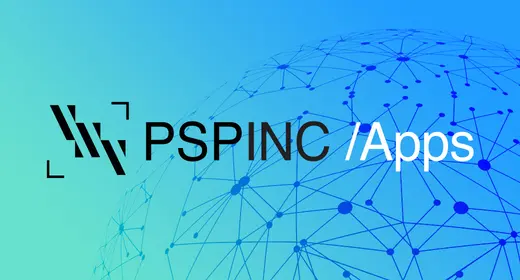
With the explosion of content creators over the past ten years, give or take, content monetization has changed the way people make money online. To start, content monetization is the process of making money off of the content you produce. This content could virtually be almost anything: videos, images, audio, text, or a combination of these formats. The most obvious examples consist of influencers on social media (YouTubers, TikTokers, Instagram models) and large publisher sites (like Buzzfeed).
The History of Content Monetization
But for a long time, content creators essentially created content for free, for either entertainment or educational purposes. When the concept of YouTubers exploded, people who made it big on the platform didn’t start making videos to make money. They started filming themselves to have fun or to educate others on what they thought more people should know. But once YouTube realized the potential they had on their hands, they dove into content monetization. And other major content-heavy platforms consequently followed. For written content, bloggers and publisher sites mainly generated money through advertising revenues. But when those started to drop, they too looked into content monetization models.
The simplest approach was simply placing ads around the content or before, during, or after the content (for video and audio content). Then, website traffic would mostly determine how much money the creator would make. It sounds simple enough but now there are multiple monetization models people can use to get paid online. But in reality, content creators experiment and adopt multiple content monetization models to find the ones that work for them.
Types of Content Monetization Strategies
1. Selling exclusive rights
This method is by far the fastest way to convert your content into revenue. But it comes with a catch. You’d have to relinquish all rights to the work, which includes any copyright or royalties. Simply put, this is like a work-for-hire type of method where you create and sell the content you create. This process could happen in one of two ways. You can create the content and sell it after you’ve already finished. Or you can find a buyer and he/she will tell you what to include in that content, much like ghostwriting or freelancing.
2. Affiliate sales
Affiliate marketing simply put is promoting third-party products and earning a percentage of those sales. This could be through referral links that you’d put somewhere in your blog post or the description for your YouTube video. Or they can be through referral codes that you can shout out in your podcast or the actual video. However, it’s not always as easy as it sounds. It’s one thing to promote the product or insert the link into your blog post. It’s a whole other struggle to get the user to not only click on the link but also purchase that product. Regardless, content creators who use this method work within an affiliate program, much like PSPINC's YourHost Affiliate Program. Within those programs, a unique referral links gets created and creators can then promote that product or service to get people to purchase it. It's not always easy, but if your content performs well on a regular basis, affiliate marketing could be the right content monetization model.
3. Subscriptions/memberships
If you’ve ever tried to visit select sites like the New York Times and you click on an article to read, a pop-up appears for you to create an account. Most of these sites consist of larger brands that have a consistent readership so they can get users to sign up for a membership and/or subscribe to get access to their content. But it’s more than just getting a reader’s name and email address. It also requires them to pay to view that content. To gain access to exclusive content, whether it’s news articles, blog posts, images, and/or videos, users have to pay to get it. And that is the subscription model at play when it comes to content monetization.
4. Donations
Have you ever seen a pop-up that asks you to donate? For example, Wikipedia does this now from time to time. That’s content monetization at work. Publishers will directly ask for money to help keep their site running in the form of donations. But even if users don’t donate anything, they can still read, view, and/or watch whatever the content is for free. Unlike the subscription/membership model where users are forced to pay to view it.
5. Sponsored content
If you’ve ever seen a post on social media with the hashtag, #sponsored, that’s content monetization. Or for YouTube videos, if you’ve ever seen the tag, “Includes paid promotion” in the bottom left corner, that’s also sponsored content. What this usually entails is a brand seeking out an influencer, another brand, or a publisher that has the right blend of three things. A good number of followers, viewership, and/or website traffic, and someone (whether it’s another brand/publisher or an influencer) whose personality matches their brand and what it stands for.
How much it costs and how much return you’ll get for that sponsored content depends on how big the influencer is, how much exposure the post gets, and how much that influencer is charging. Regardless, sponsored content helps increase a brand’s overall reach and engagement and ultimately, sales.
|
Pacific Software Publishing, Inc. 1404 140th Place N.E., Bellevue, WA 98007 |
| PSPINC Creates Tools For Your Business |
| Pacific Software Publishing, Inc. is headquartered in Bellevue, Washington and provides domain, web, and email hosting to more than 40,000 companies of all sizes around the world. We design and develop our own software and are committed to helping businesses of all sizes grow and thrive online. For more information you can contact us at 800-232-3989, by email at info@pspinc.com or visit us online at https://www.pspinc.com. |
 An all-new multi-service login for your PSPINC web apps!
An all-new multi-service login for your PSPINC web apps!
 Request a quote for Custom WordPress Design
Request a quote for Custom WordPress Design

.png)

















